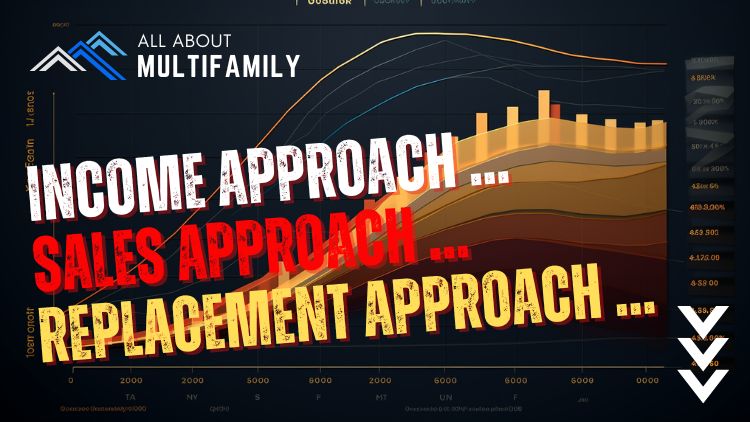Welcome to the year 2024, where the multifamily real estate market is poised for another exciting but challenging year. In this article, we’ll provide a detailed overview of the 2024 multifamily outlook based on insights from a recent YouTube video, and we’ll explore the key trends and predictions for the year ahead.
Economic Context
As we transition from 2023 to 2024, the broader economic landscape is characterized by a sense of cautious optimism. The economy appears to be heading for a “soft landing” after a period of turbulence, but uncertainties linger. Against this backdrop, let’s take a closer look at what’s in store for the multifamily real estate sector.
Growth Slowdown in Multifamily
In 2023, the multifamily market experienced a deceleration in its growth rate. Although there was positive demand throughout the year, it fell short of the pre-pandemic norms. This slowdown can be attributed to several factors, including the substantial influx of new housing supply. The increased availability of rental units started to put pressure on rent growth.
Rent Growth Moderation and Rising Supply
Towards the end of 2023, there were visible signs of rent growth moderation. This trend is expected to persist and intensify in 2024, primarily due to the continued surge in new housing supply. The multifamily sector is projected to end the year with a rent growth rate of around 2.5%. Additionally, vacancy rates are anticipated to rise to 5.7%.
Regional Variations
It’s important to note that the impact of these trends is not uniform across the United States. Regional variations play a significant role in determining how these market dynamics affect different areas. Notably, the Sunbelt and Mountain West regions have witnessed a substantial influx of new housing units, representing approximately 3% to 4% of their current inventory. In contrast, the Northeast and Midwest regions have seen lower ratios of new inventory, typically ranging between 1.1% and 1.5%.
Regional Performance
Unsurprisingly, regions with higher levels of new supply are experiencing more pronounced slowdowns in rent growth. The Sunbelt and Mountain West regions are among those feeling the effects most acutely. Conversely, markets with lower supply levels or strong demand drivers continue to perform relatively well.
Cap Rate Dynamics
The multifamily sector’s capitalization rates (cap rates) have undergone noteworthy changes. The past year witnessed an increase in treasury rates, causing cap rates to rise. However, this increase was not as dramatic, leading to a compression of the cap rate spread to historically tight levels. Consequently, property prices experienced a decline, which, in turn, slowed down transaction volume in the market.
Origination Volume and Stability
In light of these cap rate dynamics and the general market conditions, origination volume for 2023 is estimated to have decreased by 40% compared to 2022, reaching approximately $285 billion. However, as interest rates stabilize at higher levels in 2024, the market is expected to see a rebound in transaction volume. This rebound could result in origination volume rising by approximately 30%, reaching a range of $370 billion to $380 billion.
Long-Term Prospects
Although 2024 is anticipated to be a challenging year for the multifamily market, the longer-term prospects remain promising. The sector is expected to regain momentum once the short-term supply-demand imbalance is resolved. Several factors contribute to this optimism, including an increasingly expensive for-sale housing market, robust demographic trends, and a continued preference for rental living.
In conclusion, the 2024 multifamily market outlook suggests a year of cautious navigation. While immediate challenges are on the horizon, the underlying strengths of the multifamily sector are expected to drive its resurgence in the years to come. Investors, developers, and industry stakeholders would do well to keep a close eye on regional dynamics and adapt their strategies accordingly in this ever-evolving market.













































![An In-Depth Look at Jake and Gino's Coaching Program [A Review]](https://allaboutmultifamilyinvesting.com/wp-content/uploads/2023/10/AAM-BMP-Blog-Covers-750-×-422px-6.jpg)


![Email Marketing Tips for Multifamily Real Estate Syndicators to Raise Capital [Templates included]](https://allaboutmultifamilyinvesting.com/wp-content/uploads/2023/09/AAM-BMP-Blog-Covers-750-×-422px-4.jpg)






![The Richest Kids In America [Book Review]](https://allaboutmultifamilyinvesting.com/wp-content/uploads/2023/09/AAM-BMP-Blog-Covers-750-×-422px-84.jpg)
















